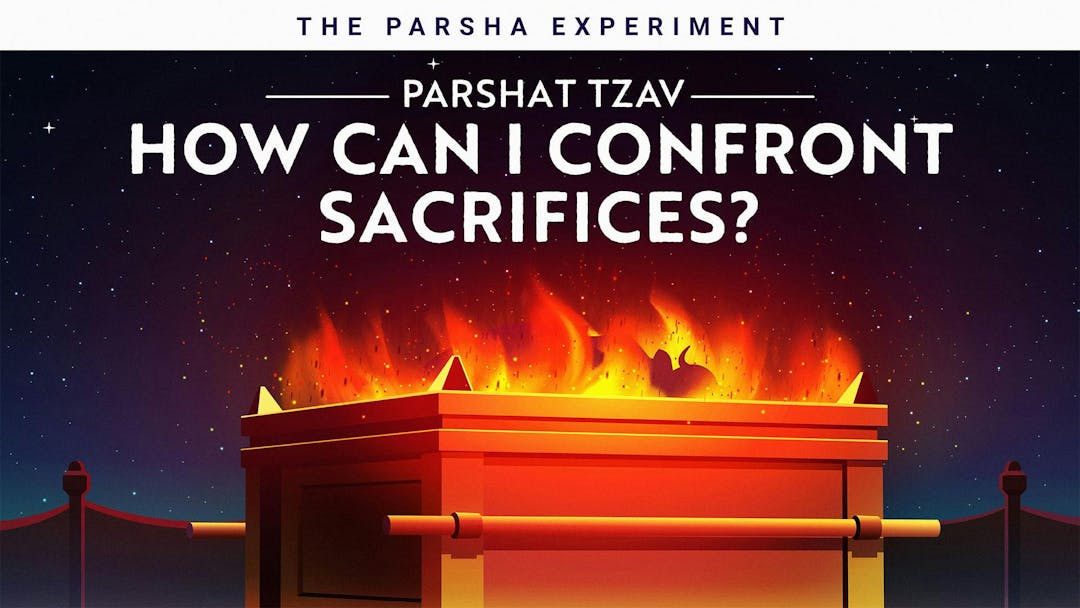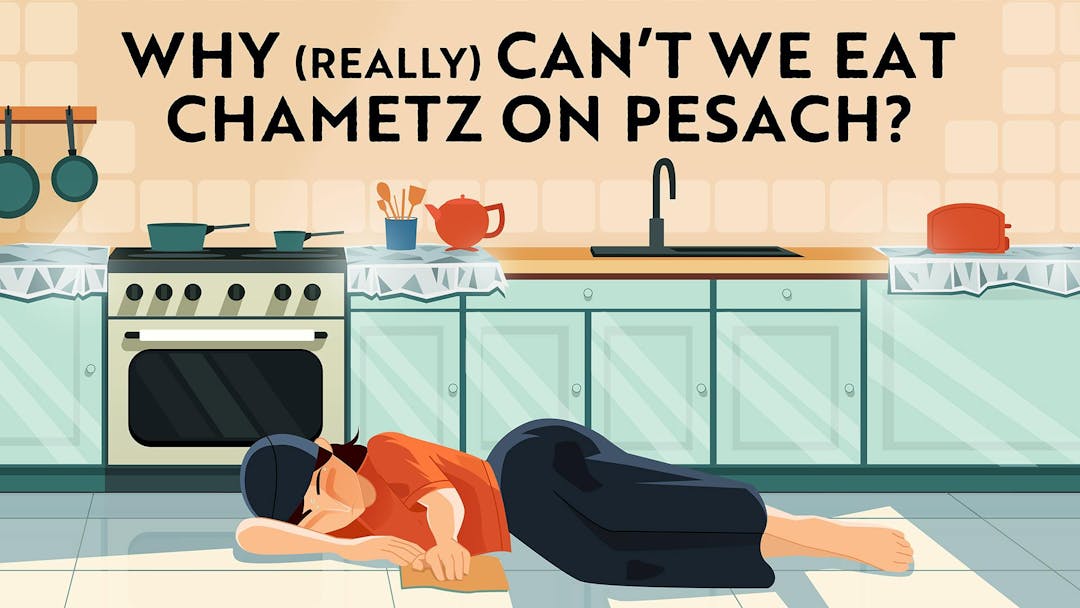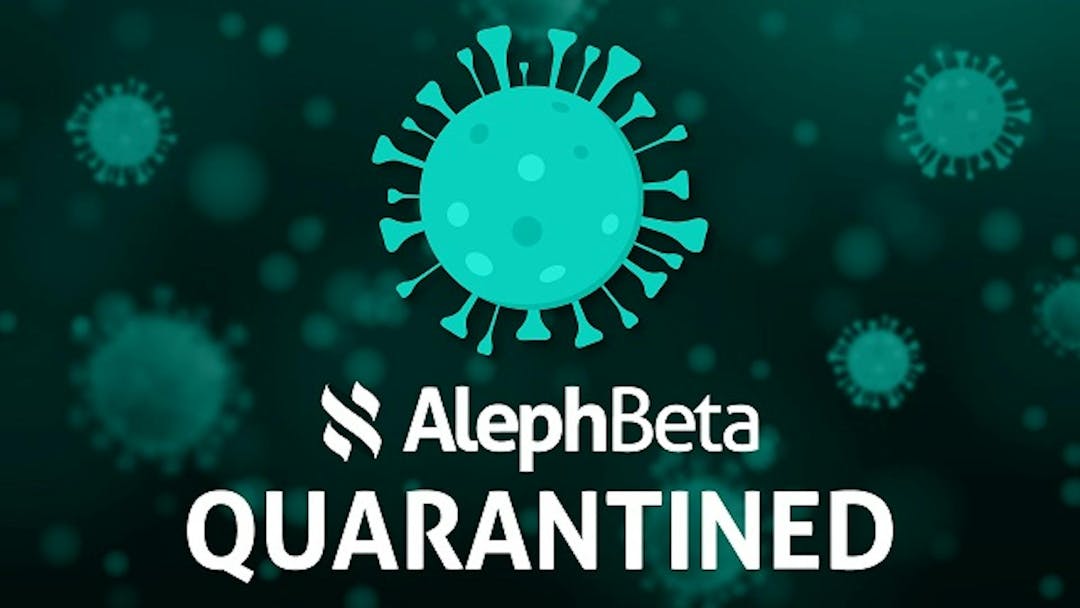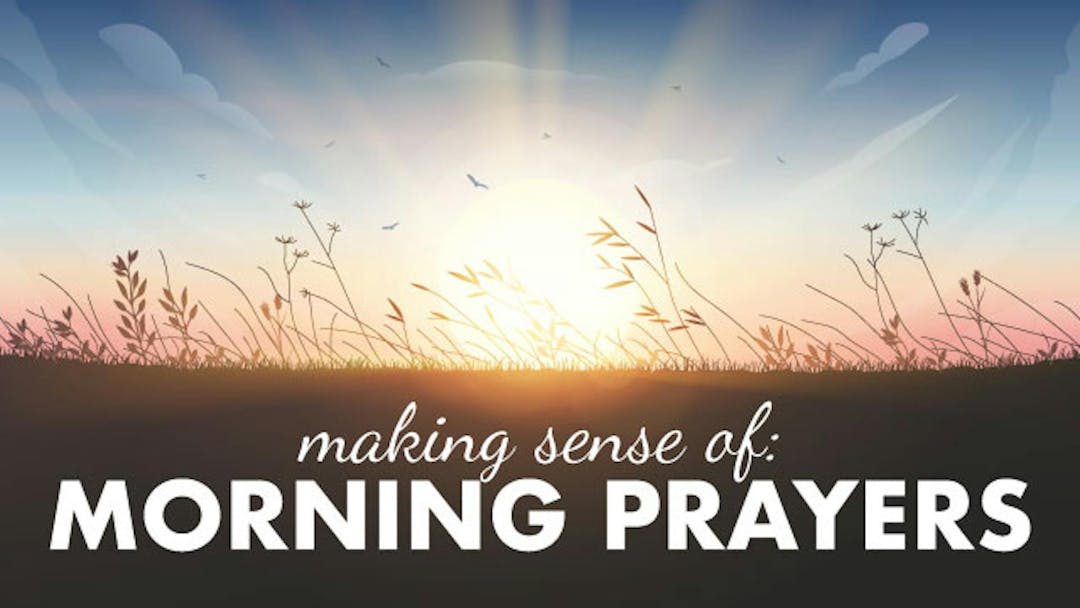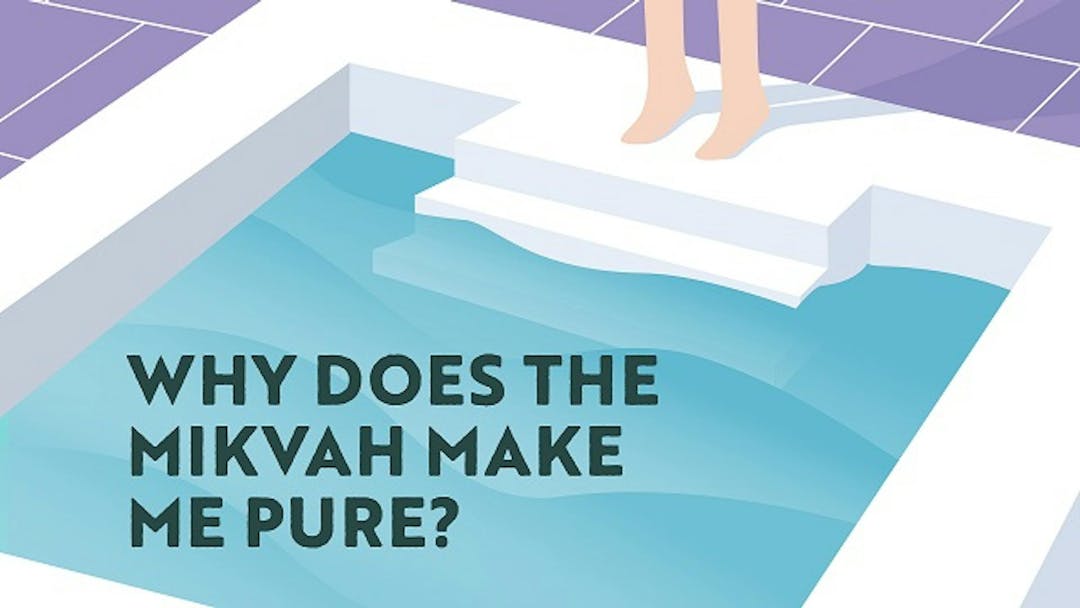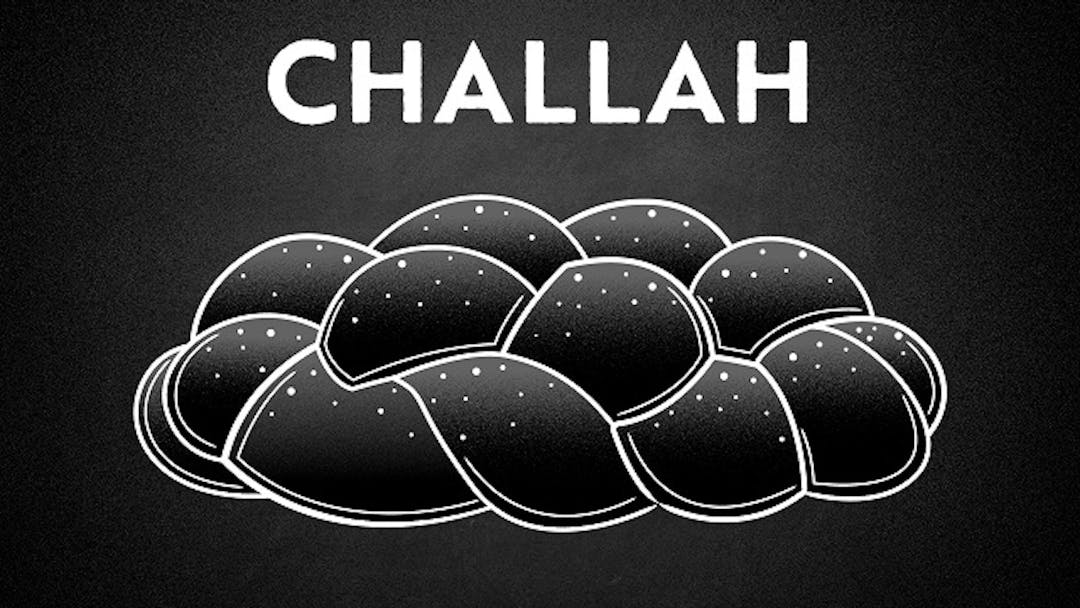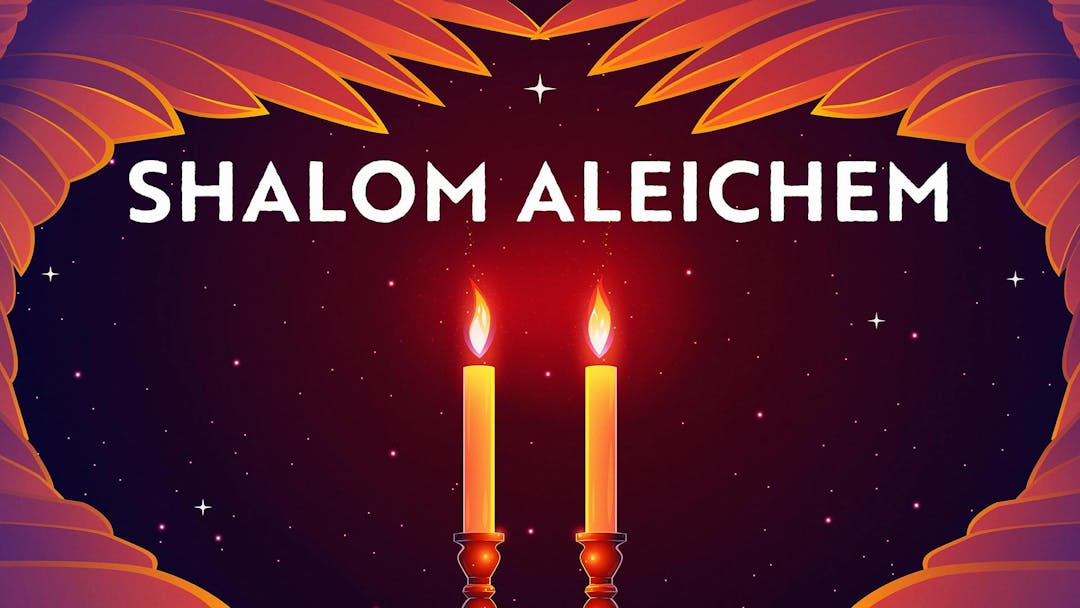Start your free trial today to unlock the full library and enjoy unlimited and uninterrupted access.
Get StartedA Deeper Look At The Priestly Role (Part 1 of 2)
The Connection Between Kohanim, Community And Separation
This week, a special guest lecturer, Rabbi David Block, asks: Why does the Torah use the culminating moment for the Kohanim – Jewish priests – to go through a long and bizarre induction ceremony? And what do its parallels to a certain other section of text teach us about the deeper role of the priests of the Temple?
By digging into the priestly duties of the Kohanim, a meaningful narrative emerges that helps us to appreciate Jewish priests and leaders today, and to have empathy for their struggles.
Want to watch the full video for free?
Enter your email and we’ll send you a link to watch the full series free.
What is Aleph Beta?
Aleph Beta is a unique kind of Torah library. Led by our founder, Rabbi David Fohrman, we are dedicated to high-level, textual Torah learning for adults that is intellectually and spiritually sophisticated, that enlivens your Jewish practice and helps you forge a deeper connection to God. Whether you’ve been learning in yeshiva for years or you’re just beginning your Torah journey, you’re sure to find something meaningful and surprising waiting for you here.
Browse our library of over 1,000 beautifully produced animated videos, podcasts, deep dive courses, and printable guides. Topics include the weekly parsha, Jewish holidays & fast days, laws & mitzvot, prayers, relationships, big philosophical ideas and more. Have something to say at the Shabbos table that will amaze your family and guests and bring deep meaning into their lives.
